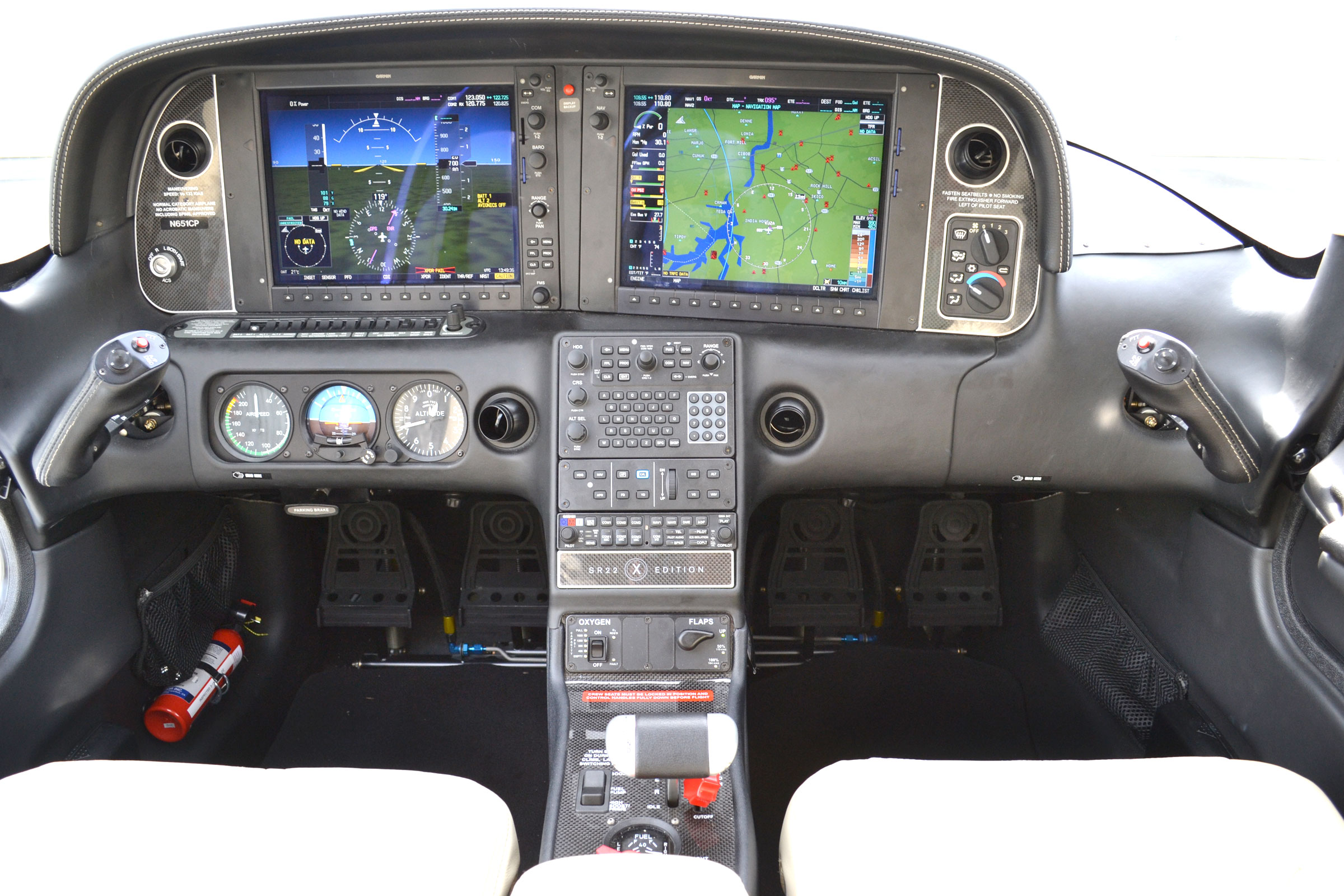It also has some streamlining in the wing, more like a 206 than a 172. For instance, the aileron hardware is well hidden.
In clean configuration in a descent, they can be hard to slow down. Fortunately, the gear extension speed is pretty high.
The gear extension speed is 125 kts, but I wouldn't extend mine above 110. My procedure is to add a notch of flaps first.
I've never heard of a 177 model without left/right fuel selector positions. Maybe one of the earliest FG's?? I don't think it's true of any of the RGs.

To the OP: I own a 1976 177RG. To the other advantages that have been mentioned I would add an excellent field of view, particularly in the forward direction, thanks to the long sloping windshield, the lack of struts, and slightly rearward wing position compared to comparable models like the 172. There's a reason they're very popular among aerial photographers!
Do not expect blazing speed. Some owners claim TAS of 140 kts cruising at altitude, but I've never seen more than 135, and that was with a fresh engine. 130 is more normal at cross country cruising altitudes above 6000, even 125 closer to sea level. If you want a plane that gets the most out of the 200 hp IO-360, check into Mooney, not the Cardinal RG.
What it is, though, is a fairly reliable cross-country plane that (usually) doesn't break the bank. I've had only one issue with the gear, a failure of the downlock mechanism that resulted in sometimes requiring two cycles of the gear to get a locked down green indication. But routine maintenance costs are not exorbitantly expensive. Annuals generally cost a couple of hundred more than otherwise due to the need to swing the gear.
It is also a very stable IFR platform. With a notch of "approach flaps", shooting an ILS can sometimes feel like riding on rails.
If you get serious about owning one, be sure to do a thorough pre-buy. One common and critical vulnerability is to corrosion of the wing spar carry-through. I was bitten by this problem (the corrosion was caused by a mouse nest above the headliner) and if not for a good insurance policy, would have been out nearly $10K to fix it, due mostly to labor costs. The carry-through itself is a salvage item and I was very lucky to find one available.
Check out
Cardinal Flyers Online for more info about the breed. I'm a fairly satisfied owner, but a little more critical than average I think. There are times I wish the bird was a little faster.

 Slippery?
Slippery?



